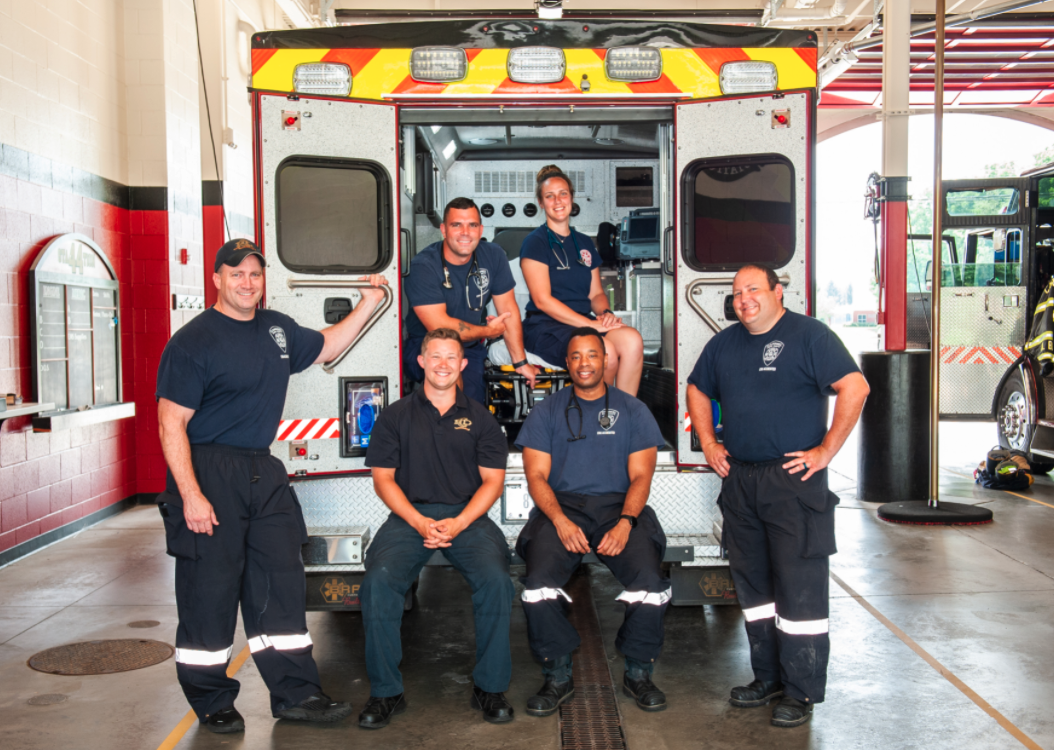Safe Surroundings
Choosing the Proper Elder Care Facility is Vital
Writer / Christy Heitger-Ewing
Photography Provided
 Its human nature to want to retain our autonomy, and when asked about preferences regarding late-in-life care, elderly parents often resist the idea of moving into a care facility. Family members may wish their loved one could remain in their home, and yet have lingering worries that they may fall or have a stroke.
Its human nature to want to retain our autonomy, and when asked about preferences regarding late-in-life care, elderly parents often resist the idea of moving into a care facility. Family members may wish their loved one could remain in their home, and yet have lingering worries that they may fall or have a stroke.
Carol Applegate, an attorney with Applegate & Dillman Elder Law, understands these feelings and concerns, which is why her practice helps families navigate elder care. According to Applegate, the first thing to do when choosing a facility is to determine the level of care needed. These levels vary drastically, from independent living to round-the-clock attention.
Independent living consists of cabins, cottages or apartments designed for those who are still autonomous and able to handle daily tasks like cooking and driving. Assisted living is for those who require a bit of help or supervision. These folks can enjoy meals in a cafeteria, then retreat to their own one- or two-bedroom apartments. They can also have access to a nurse if necessary. These people may need reminders for when meals or served, or help with washing their clothes.
Skilled or custodial care is 24-hour care from a nurse, and is for patients who are bedridden or in a wheelchair. They often need help bathing, taking medications, and getting to and from therapies. Memory care units are for those struggling with memory issues, and rehabilitation is for anyone who has sustained a fall or injury and requires intense therapy, usually following a hospitalization.
Whats great is to find a continuum-of-care facility that has all these levels of care on one campus, Applegate says.
Not only is this ideal if a patient has to transition from one type of care to the next, but its also nice for couples who are at different stages of life.
Think of couples who have been married for 60 years, Applegate says. They want to be together at the end of their lives, but their needs are totally different.
When choosing a facility, its important to know the costs and whether or not the facility will accept Medicaid.
If you know that in six months or a year youll be short on money, you need to find a place that will accept Medicaid when the time comes, because moving an elderly person is really hard on them, Applegate says. Its one thing to move from home to a facility. That becomes their new home and you dont want to have to uproot them again.
Its not uncommon for Applegate to see clients in their 90s. One of the biggest common fears is running out of money before dying. She reminds clients that since they paid taxes their whole life, they have earned the right to use government resources.
When searching for a facility, Applegate also suggests looking beyond the walls – literally – as pretty painted walls and dynamite decorating dont always equal the best patient care.
New facilities may be beautiful, but sometimes its the older ones who have stable staff that have been there for a long time, says Applegate, who suggests inquiring about staff turnover, and checking the state board of health for complaints. If you have an elder law attorney or staff like I have, we are intimately connected to some of the facilities and can answer these questions. We hear what the turnover is in those facilities and when its been sold to another company. Those things tell you if there is stability there.
Applegate also suggests choosing a location close to the family that is going to be caring for their loved one.
If mom and dad are clear on the other side of town, your chances of going to visit decreases, Applegate says. I moved my mom to a place that was practically right across the street from me, and it was comforting to her knowing that if she needed something, I could be there in five minutes.
Applegates primary piece of advice, however, is to explore facilities early on before you need the service. Visit different places, pick up information, and go on virtual tours. Starting the search process a year or two before you think your folks may need the service can help, because youll know whats available in your community. This can also give parents time to ease into the idea, and to weigh in on where theyll feel most comfortable living.
 When Sandy Galyan and her brothers sat down to talk to their mom and dad about shopping around at assisted-living facilities, they werent initially open to the idea. Galyan and her brothers backed off. A month or two later, they all toured a nearby facility.
When Sandy Galyan and her brothers sat down to talk to their mom and dad about shopping around at assisted-living facilities, they werent initially open to the idea. Galyan and her brothers backed off. A month or two later, they all toured a nearby facility.
When we took mom and dad to check it out, their decision was, Were not ready, Galyan recalls.
After some time had passed, however, her dad concluded that it was time.
Ultimately, it was their decision and we did not tell them what they had to do, Galyan says. We felt it was much better for them, and they did not tell people their kids made them move.
Applegate says making sure parents are part of the decision is crucial to a smooth transition.
They need to feel like they are still in control, she says. Making that choice makes them feel worthwhile.
For more info on Applegate & Dillman Elder Law, visit dillmanlawgroup.com.









![Lori Truesdell, licensed clinical social worker [Photographer / Tony Straw]](https://townepost.com/wp-content/uploads/2024/04/53607788359_5e6a427afe_o-350x250.jpg)










